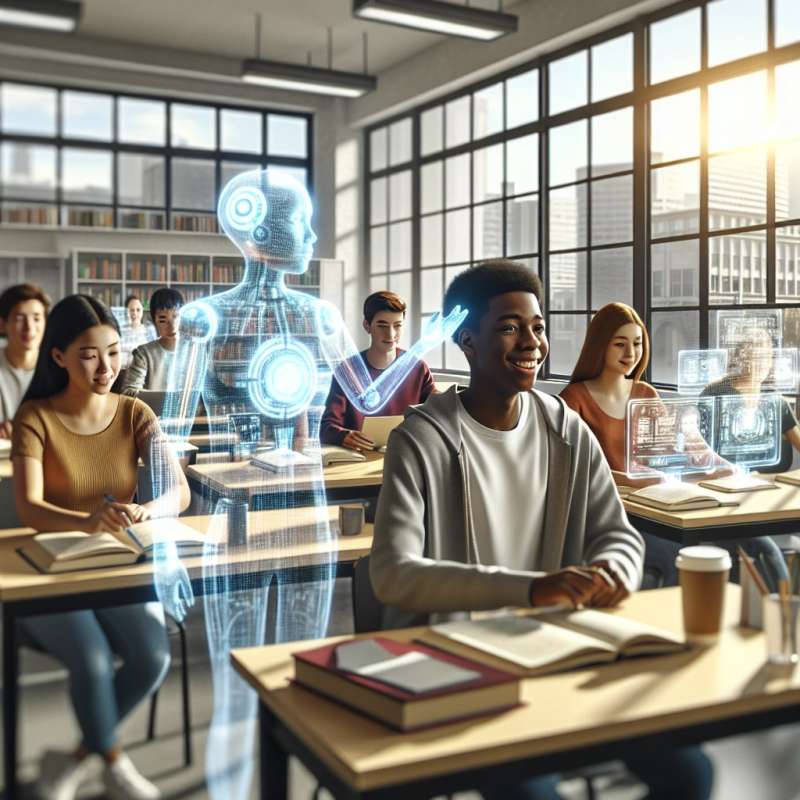
Defining Human-AI Collaboration
Human-AI Collaboration involves humans and artificial intelligence systems working together to enhance decision-making and problem-solving. Unlike automation, it emphasizes complementarity rather than replacement.
Historical Perspective
The concept isn't new; it dates back to the 1950s. Early AI research, like Licklider's 'man-computer symbiosis', envisioned computers as collaborators, expanding human cognitive capabilities.
Current Collaborative Models
Collaboration models vary from interactive machine learning to cooperative robotics. In healthcare, AI assists in diagnosis, with doctors making final decisions, illustrating a trust-based partnership.
Unexpected AI Contributions
AI can uncover patterns invisible to humans. For example, in the art world, algorithms can detect forgeries by analyzing paint strokes in ways imperceptible to the human eye.
Ethical Considerations
As collaboration deepens, ethical questions arise. Who is responsible when a human-AI team fails? Transparency and accountability in AI systems are crucial to address these issues.
The Future Workforce
Tomorrow's jobs will likely involve AI companions. Educational curricula are evolving to prepare students for a future where human-AI collaboration is the norm, not the exception.
Surprising AI Collaborations
AI is now collaborating creatively, engaging in areas like culinary arts to create novel recipes and in music, helping compose new melodies that blend different cultural influences.
What is Human-AI Collaboration?
AI replacing human tasks
Humans, AI enhancing decision-making together
AI expanding network capabilities
Company